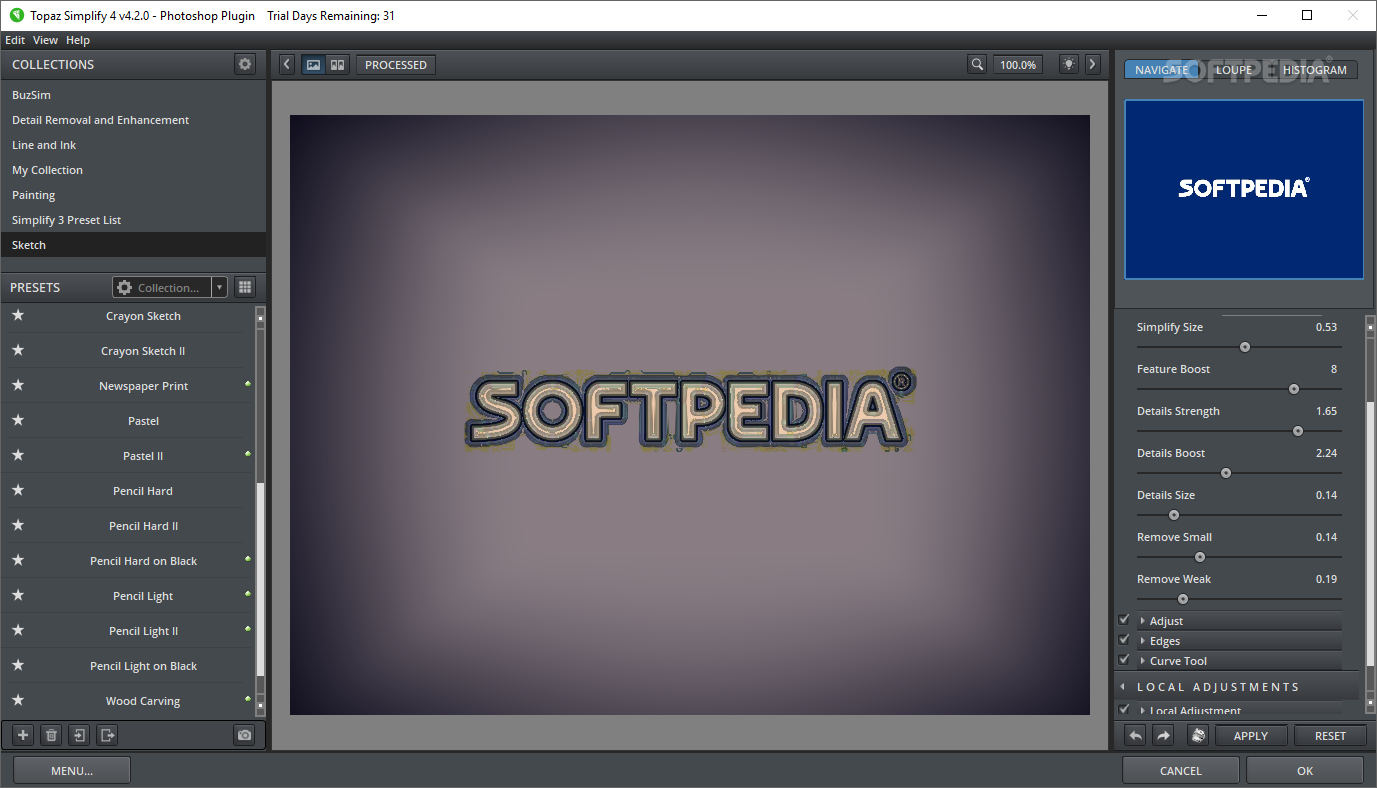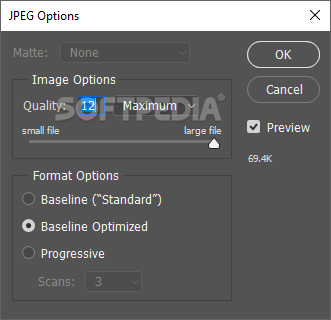

- #Topaz simplify photoshop brush strokes how to
- #Topaz simplify photoshop brush strokes movie
- #Topaz simplify photoshop brush strokes software
- #Topaz simplify photoshop brush strokes code
- #Topaz simplify photoshop brush strokes professional
Blurred Edge Movie Composite Button Transparent Frame Line Frame Outer Frame Inner Frame Photo Frame. To turn your image's background transparent using Fuzzy Select, follow the steps below. Then you get a seleiiton from the path and bucket fill. * Consider working in a color space like CIE L*a*b* instead of RGB, since it matches more closely the data collected from human visual perception experiments instead of the (arbitrary) RGB display technology.Gimp trace edges.

There are literally an infinitude of ways to turn that sensor data into an image and even the best Nikon and the best Canon cameras do things differently, so neither can be the final word.
#Topaz simplify photoshop brush strokes code
* Perhaps consider working from the RAW images your camera produces (Google search for dcraw.c, a piece of code in the public domain that can read nearly any camera's RAW format) and performing your own tone mapping and sharpening. My mother paints from photographs and suffers from some of the same problems: what is it about the source photo that makes it look so photographic, compared to a master painting created from life, which appears more real, more vivid?įor livelier images here are a few possible avenues of investigation:
#Topaz simplify photoshop brush strokes professional
Januat 1:38 an interesting and fun project!Īs a professional computer programmer with no small familiarity with graphics and an amateur photographer with a few years experience fighting my DSLR to capture what I "see" (if there is such an objective thing!) I'll state without equivocation that the hardware and camera firmware (proprietary algorithms for turning sensor data into digital pictures), and limited display technology (color gamut and low dynamic range of even the best displays) are only the beginning of your troubles in getting painterly images out of photographs (manually with real materials or automatically as in the case of your software). My hope is to implement something that is 'good enough' for painting. Fortunately, I'm not trying to design a seeing-robot to drive cars on the highways, so I don't have to worry about it killing anyone. There is much research by the machine vision field in this area, but nothing is even close to being accurate yet.
#Topaz simplify photoshop brush strokes how to
Gurney's blog has been a fantastic resource, particularly this post on depth and edges:īut for that to be emulated in software, the computer must learn (or guess) how to detect 3d space from a monocular 2d images. Yes, I would like to differentiate between different types of edges, and Mr. Re: Strokes - There has been research on 'learned' styles, you might find this interesting:īut as you all suspect, this rendering is merely "superficial emulation" of the style, and is absent of human-level thinking or intentionality.
#Topaz simplify photoshop brush strokes software
Re: Art - Nothing makes me bristle more than software publisher's claims push-a-button "art" - which is why I think it is helpful to make the distinction between craft of painting, and Art. The research into the field of artificial intelligence is still at the very, very early stages."įlickr page explaining " John Glenn Suiting Up" :) Beyond low-level visual perception you start to get into very difficult areas of perception, including object recognition, 3D scene reconstruction, etc. It's a very difficult problem, I've found, to remove the elements of an image that make it appear photographic and to rebuild the image with something that approximates a human process - the best I can do so far is try and fake it as best I can. I'm not saying the result is art - I'm merely trying to computer-assist painting techniques. My aim is to apply low-level visual perception in the form of machine-vision algorithms as well as a "painter's sense" to transform the images into painted representations - to “de-photofy” them. “The software looks at the colors, the shapes, the surface gradients, edges, etc, and converts it into paint strokes, which is then rendered with a digital paint brush - all through code, without the user making any strokes. From left: photo, drawing layer, and painting. It then reconstructs the picture, making basic artistic choices. Balestrieri’s system deconstructs the image using a model of human visual perception. But unlike the standard Photoshop filters that apply an overall template to the image, Mr. He is doing it by developing software that automates the artist’s decision-making process. John Balestrieri is teaching his computer how to paint.


 0 kommentar(er)
0 kommentar(er)
